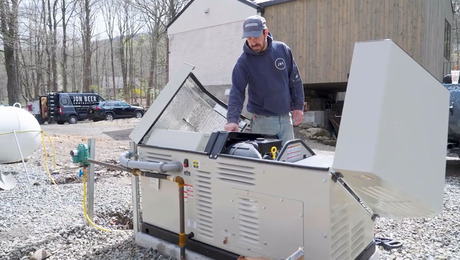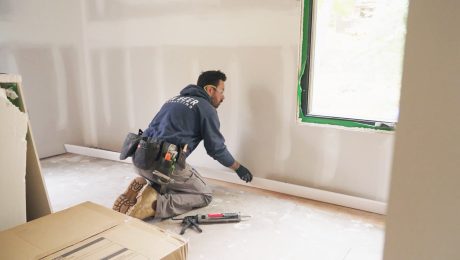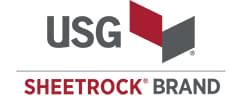Charred Wood Siding for Maintenance-Free Beauty
Learn what makes this Japanese-style siding from Nakamoto Forestry the perfect sustainable fit for the FHB House.
Sponsored by Nakamoto Forestry
After visiting Japan, builder Jon Beer decided Yakisugi (also known as shou sugi ban), a charred wood siding, would be a great aesthetic fit for the new siding on his house. Its rot- and bug-resistant qualities will also help ensure its durability in the long-term. In this video, Jon shares more details about the Yakisugi siding he sourced from Nakamoto Forestry, including an installation overview.
Here is the transcript:
Welcome back to the Fine Homebuilding House in New York. We’re here today to talk about Nakamoto Forestry siding and how we used it to meet our aesthetic and sustainability goals here on the project.
Yakisugi, also referred to as shou sugi ban in the West, is a sustainable charred wood siding. It’s really great because it has inherent rot-resistant and bug-resistant qualities, and the char on the outside allows it to weather and have a long lifespan on a building. Our decision to work with yakisugi siding was inspired by a trip to Japan where we got to see this traditional Japanese siding installed in all different parts of the country. And we knew that for our home here in Cornwall, that it would be the statement that we wanted to make with the house.
The installation is pretty straightforward. It’s a Gendai 1×6 shiplap board that goes on over a rainscreen. The boards can be oriented either vertically or horizontally. In our case, we have a vertically oriented board with a horizontal rainscreen behind it. The boards get nailed on 16 in. on center with a color-match siding nail. Nakamoto Forestry provides both color-match siding nails and hand nails. So in certain areas, you alternate between the two. We opted for a very sleek, modern design, so you’ll see that we omitted window and door casings. Our transitions and flashings are done with J and Z moldings that are also provided through Nakamoto Forestry. They’re color-matched to the siding and they look great and help us achieve a really high-end modern look.
The yakisugi siding from Nakamoto is definitely a premium product, but in my mind as a builder, that doesn’t just mean it’s expensive. It also means it’s made really well and it’s cared for throughout its process. It’s a sustainable product and it’s very durable. So I feel really comfortable saying to a client, “Hey, we would like to work with this product on your house. It has all of these great features, from its rot-resistance to its traditional background and high-end manufacturer. It also lends itself to modern architecture. In my eyes, it checks a lot of boxes that we want to be able to offer when we work with clients.
RELATED STORIES







































View Comments
Did you have to install blocking in the wall at the fastening locations? Or is simply nailing into the sheathing sufficient for this product? Thanks.